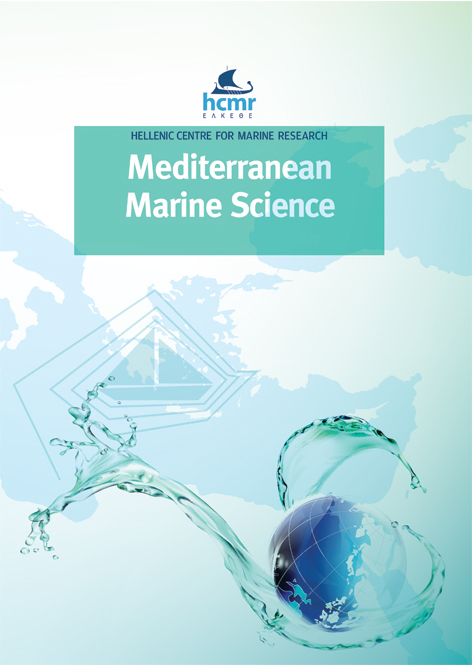Malacofauna from soft bottoms in the Cerro Gordo marine cave (Alboran Sea): biodiversity and spatial distribution
Abstract
A study has been carried out for the first time of the molluscan fauna of the Cerro Gordo submarine cave in the Spanish part of the Alboran Sea. The depth of the cave bottom ranges from 16 m at its entrance, to sea level at its innermost section. Replicate soft-bottom samples were collected from three different stations along the horizontal gradient of the cave. Additional samples were collected on photophilous hard bottoms next to the cave entrance in order to assess the origin of cave bioclasts. The cave sediments contained 158 species of molluscs (23 collected alive and 155 recorded as shells), more than in Mediterranean cave sediments elsewhere. Species richness and abundance of molluscs decreased from the outermost to the innermost part of the cave. No cave-exclusive species were found, possibly due to the scarcity of caves in the Alboran Sea, but many of the recorded species are known from other Mediterranean caves. The lack of adult individuals for most of the living species inside the cave, suggests that these
do not constitute self-maintaining populations. Finally, our results suggest that bioclasts found in the sediment do not derive from the outside of the cave nor from the sediment itself, but mostly from the communities inhabiting the walls and ceiling of the cave.
Article Details
- Zitationsvorschlag
-
PINO DE LA TORRE, L., NAVARRO-BARRANCO, C., & GOFAS, S. (2020). Malacofauna from soft bottoms in the Cerro Gordo marine cave (Alboran Sea): biodiversity and spatial distribution. Mediterranean Marine Science, 21(3), 684–704. https://doi.org/10.12681/mms.22920
- Ausgabe
- Bd. 21 Nr. 3 (2020)
- Rubrik
- Research Article
Authors who publish with this journal agree to the following terms:
- Authors retain copyright and grant the journal right of first publication with the work simultaneously licensed under a Creative Commons Attribution Non-Commercial License that allows others to share the work with an acknowledgement of the work's authorship and initial publication in this journal.
- Authors are able to enter into separate, additional contractual arrangements for the non-exclusive distribution of the journal's published version of the work (e.g. post it to an institutional repository or publish it in a book), with an acknowledgement of its initial publication in this journal.
- Authors are permitted and encouraged to post their work online (preferably in institutional repositories or on their website) prior to and during the submission process, as it can lead to productive exchanges, as well as earlier and greater citation of published work (See The Effect of Open Access).










